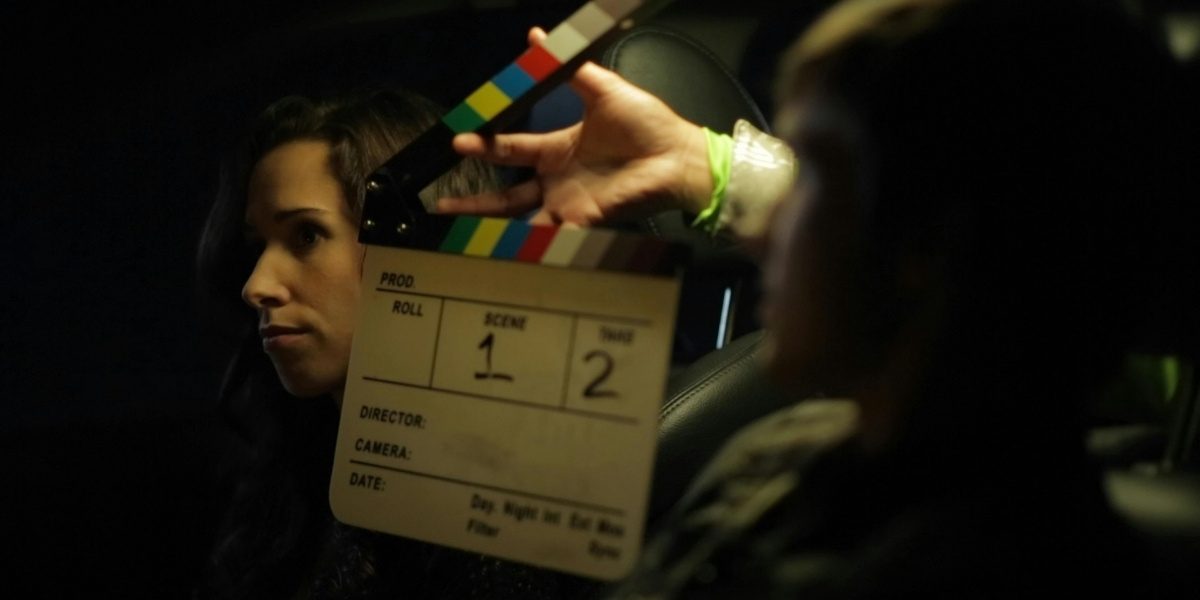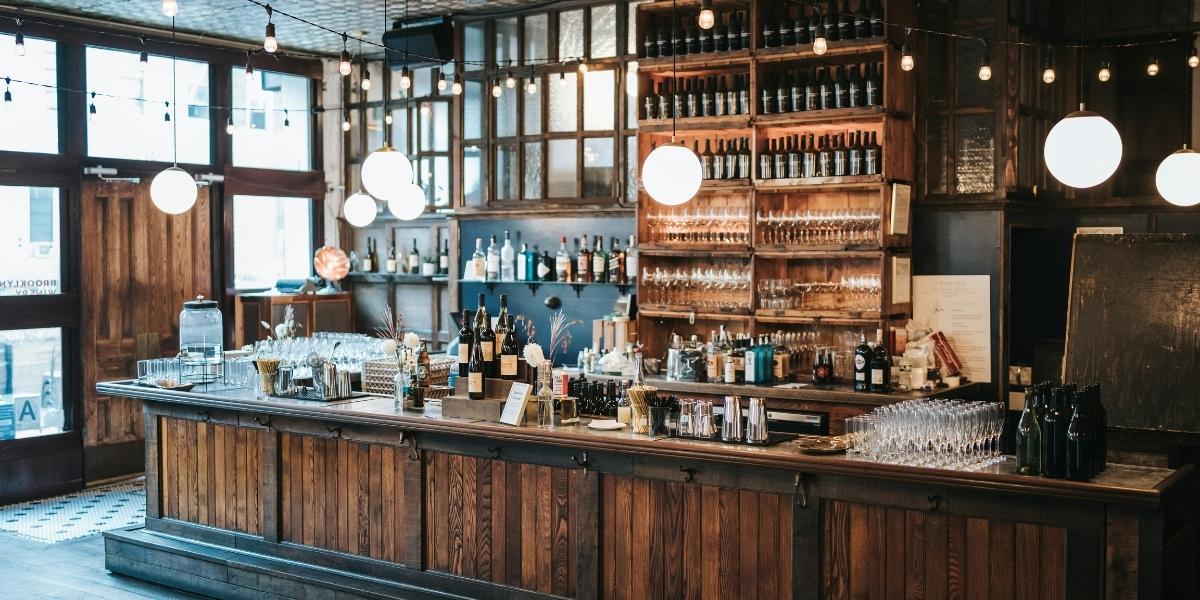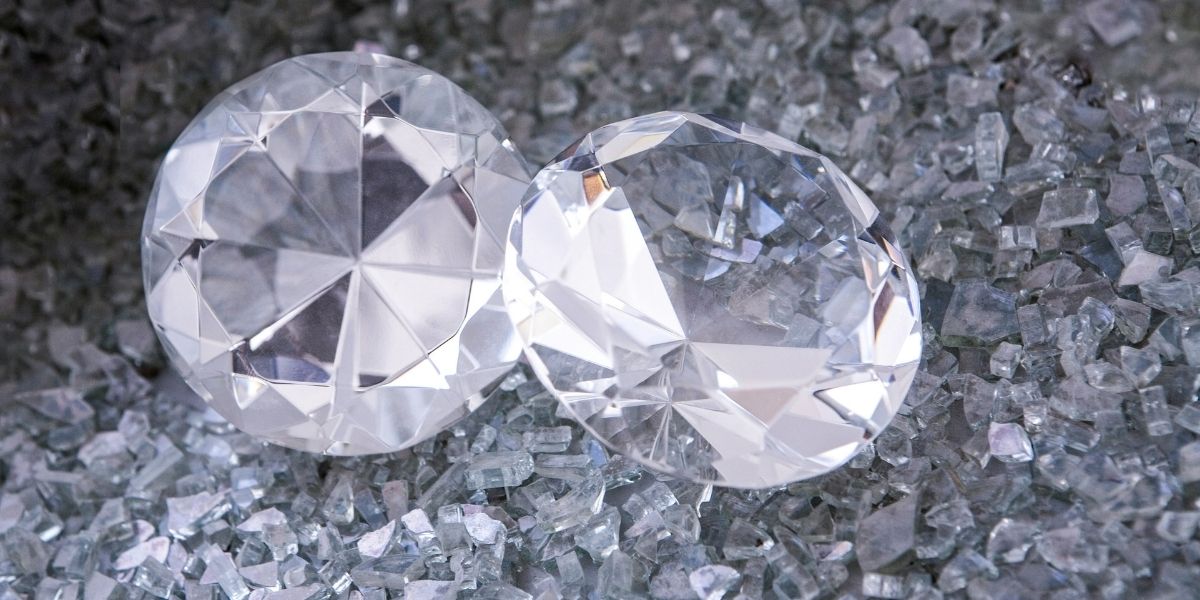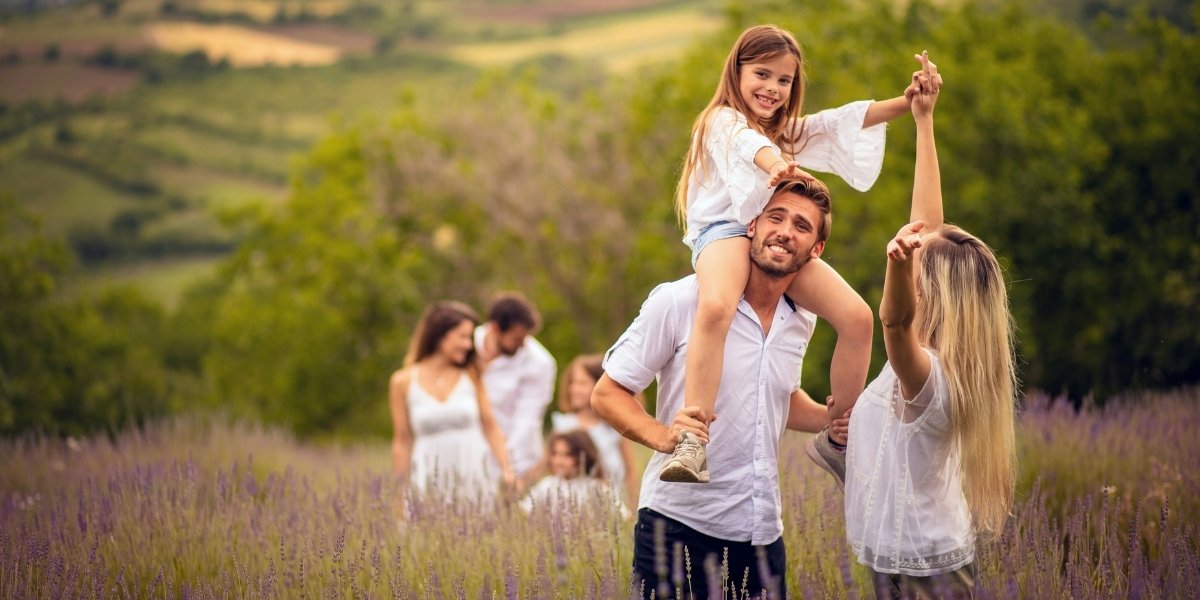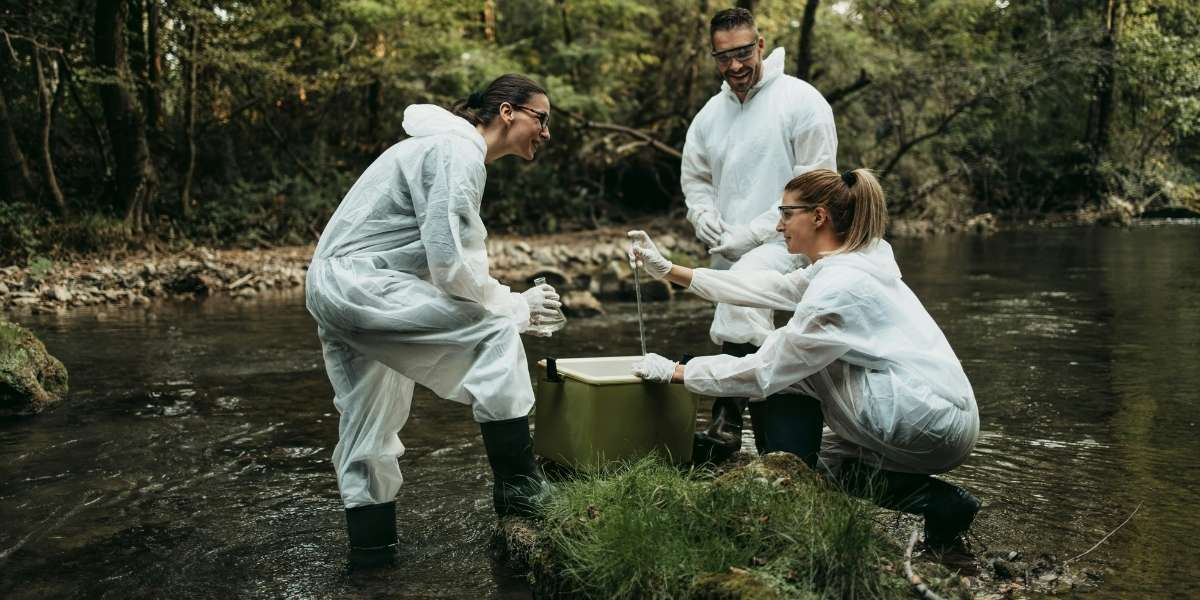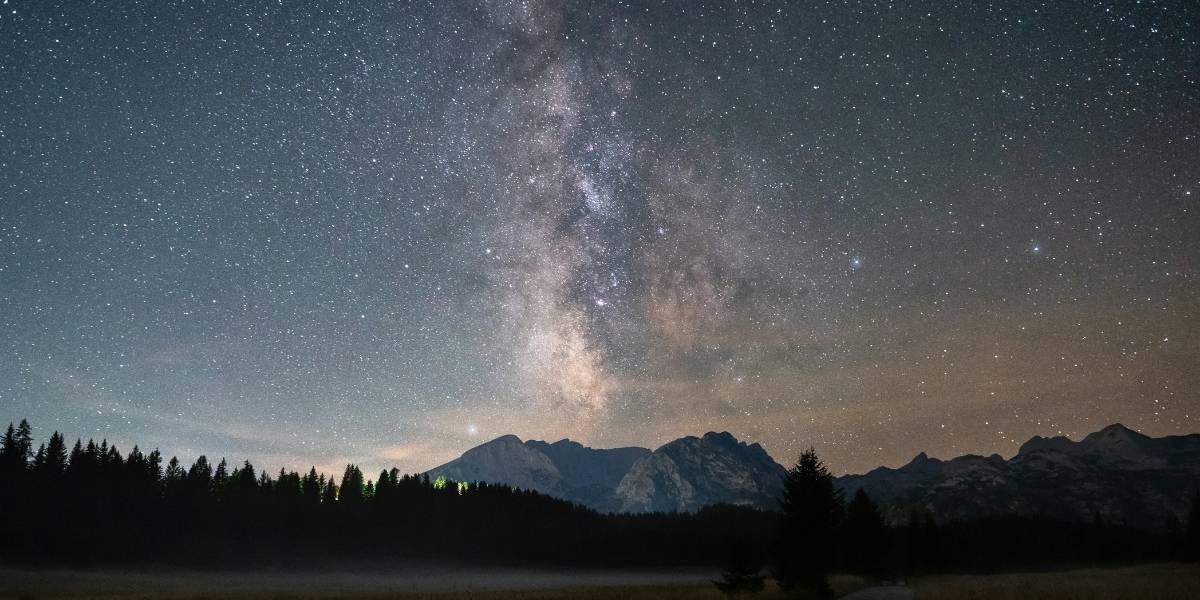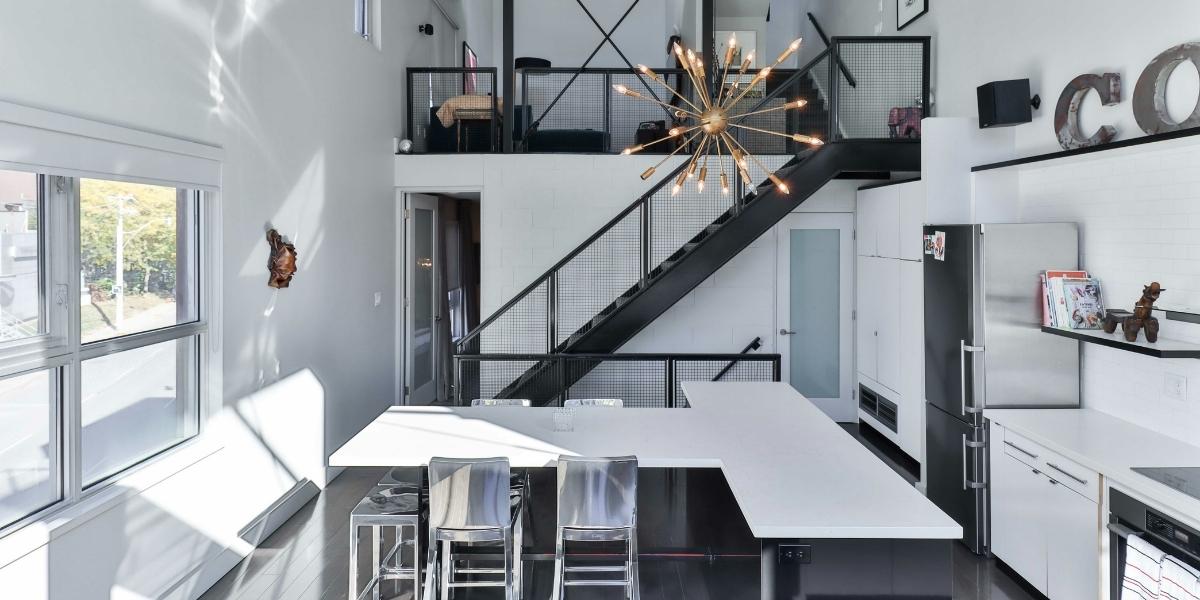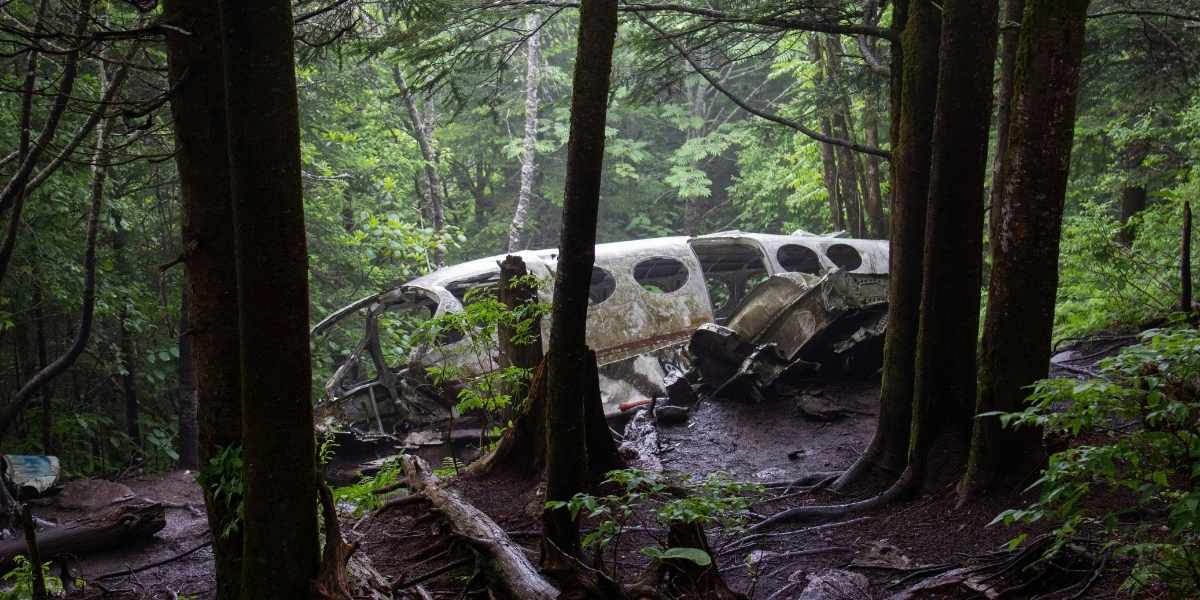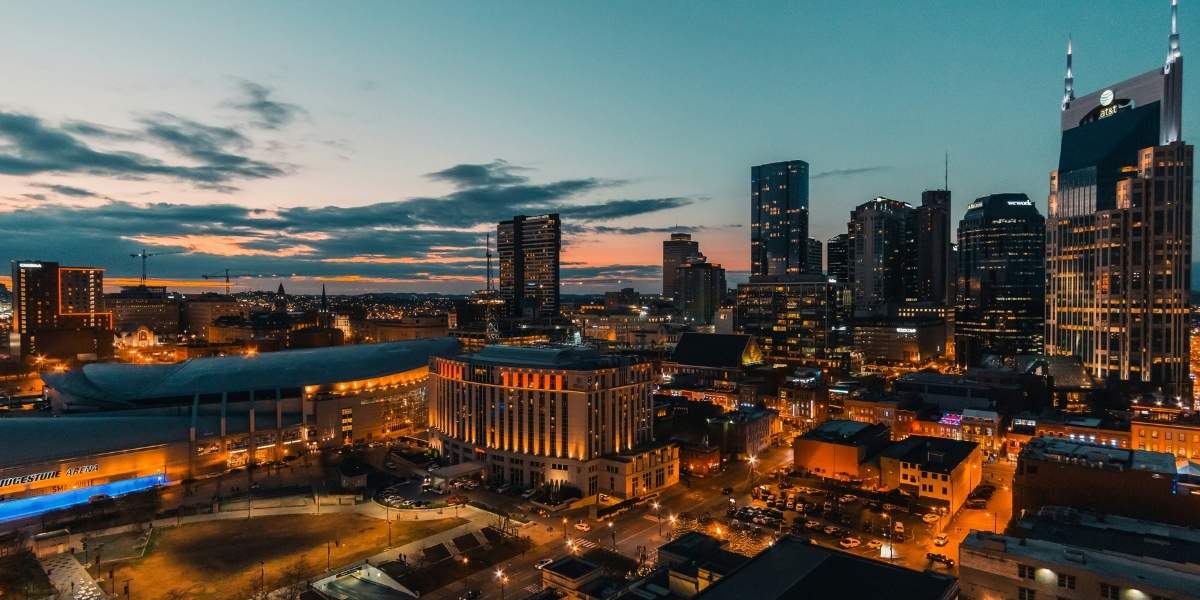The Art and Craft of Horror Filmmaking
Horror filmmaking is an intricate and multifaceted craft that has the power to evoke deep emotions, from fear and tension to suspense and excitement. For decades, horror films have captured the imaginations of audiences worldwide, creating both visceral thrills and thoughtful commentary on societal fears. While horror is often seen as a genre designed to entertain and provoke, it’s also an art form that requires skill, creativity, and a deep understanding of psychological tension, visual storytelling, and sound design.
We’ll explore the essential components of horror filmmaking, from the director’s vision to the technical elements that make a horror film truly unforgettable.
Read Also: How Hyperpop Fusion is Redefining Music Across Genres
The Core Elements of Horror Filmmaking
Horror filmmaking is a balance between creativity and technique, where atmosphere, storytelling, and suspense all play vital roles. Here are the core elements that make up the art of horror:
1. The Narrative and Themes
Every great horror film begins with a compelling narrative that explores universal themes, often tapping into deep-seated fears. Whether it’s the fear of the unknown, death, or the breakdown of societal norms, horror films frequently explore topics that tap into the psyche. The most effective horror films often reflect our societal anxieties, such as political instability, environmental crises, or existential dread.
For example, George Romero’s “Night of the Living Dead” (1968) wasn’t just about zombies; it also commented on race relations and the fear of societal collapse. Similarly, Jordan Peele’s “Get Out” (2017) cleverly uses the horror genre to address racial tensions and social issues.
In the world of horror, creating an engaging, thought-provoking story is just as important as the scares. Horror filmmakers often incorporate elements of folklore, mythology, and cultural history to build a narrative that resonates deeply with viewers.
2. Character Development
In horror, the characters are often pushed to their limits, and how they react to terrifying situations reveals their personalities. Strong character development ensures that the audience is emotionally invested in the characters, which heightens the tension when they face danger.
Horror films commonly feature archetypes such as the final girl, the monster, or the villain, but it’s important for filmmakers to create layered, dynamic characters within these frameworks. Whether they’re ordinary people caught in extraordinary circumstances or flawed heroes, well-developed characters make the horrors they experience feel real and impactful.
3. Atmosphere and Setting
Atmosphere is crucial in horror filmmaking. A chilling atmosphere can be created through several techniques, including cinematography, lighting, production design, and sound. The setting often plays a role in amplifying fear, whether it’s a haunted house, a dark forest, or an isolated location.
For example, in John Carpenter’s “The Thing” (1982), the cold, isolated setting of Antarctica becomes an integral part of the story, adding to the sense of paranoia and dread. The claustrophobic spaces and the unforgiving environment serve as a backdrop to the characters’ growing distrust and terror.
Effective horror filmmakers know how to manipulate the setting to create tension. The environment can feel oppressive, alien, or even comforting—only to be shattered by sudden danger.
4. Suspense and Pacing
Suspense is the heartbeat of horror filmmaking. The most effective horror films build tension over time, keeping the audience on edge before delivering the scare. Filmmakers must be adept at pacing, knowing when to slow things down and when to ramp up the intensity. The key is to let the tension build slowly, allowing the audience to become increasingly uncomfortable.
A great example of this is Alfred Hitchcock’s “Psycho” (1960), where suspense is built through a combination of slow camera movements, eerie music, and the gradual revelation of information. By the time the infamous shower scene happens, the audience is already emotionally invested and ready for the shock.
5. Cinematography and Visual Techniques
The visuals in horror films are often designed to evoke fear and unease, and cinematography plays a crucial role in creating this atmosphere. Directors and cinematographers use various techniques like lighting, framing, and camera angles to shape the audience’s perception and emotional response.
In Stanley Kubrick’s “The Shining” (1980), the wide, empty hallways and symmetrical shots create an unsettling feeling of isolation, while the iconic steady cam shots make the viewer feel trapped within the hotel. Similarly, the use of shadows and low-key lighting is a classic horror technique that heightens fear by hiding what’s lurking in the dark.
6. Sound and Music
Sound is perhaps the most important tool in horror filmmaking. The right sound design can make or break a film, turning a scene from a simple moment into a terrifying experience. Sound designers use a mix of eerie noises, sudden crashes, and subtle background sounds to build tension and give the film its emotional weight.
For example, John Carpenter’s “Halloween” (1978) uses a minimalist yet haunting score that became one of the most iconic in horror history. The simple, repetitive piano theme amplifies the dread and unease, making even the quietest moments terrifying.
In addition to the score, sound effects like creaking doors, footsteps, whispers, and screams play a vital role in creating a chilling atmosphere. In horror films, the auditory experience is just as important as the visual one.
The Importance of Fear and Emotional Connection
What truly sets horror films apart is their ability to connect with the audience on an emotional level. Fear, in its many forms, is a universal emotion that everyone can relate to. Horror filmmakers tap into this primal instinct, creating an emotional rollercoaster where the viewer is both terrified and exhilarated by the events unfolding on screen.
Filmmakers use their understanding of psychology and human emotion to craft a narrative that builds fear. They often play on universal fears—fear of the dark, of isolation, of the unknown—and exaggerate them to create a heightened sense of dread. This emotional connection with the audience is what makes horror films so effective and memorable.
Read Also: The Timeless Allure of Still Life Painting
The Enduring Power of Horror Filmmaking
Horror filmmaking is a unique and compelling craft that requires a blend of creativity, technical skill, and an understanding of human emotions. From its eerie atmosphere and captivating narratives to its innovative use of sound and visuals, horror has the power to evoke deep emotional reactions from audiences, making it one of the most impactful genres in cinema.
Whether you’re looking to entertain, provoke thought, or explore the darkest corners of human nature, horror filmmaking offers endless possibilities for artistic expression. As we continue into the future, we can expect to see even more groundbreaking films that push the boundaries of fear and storytelling.



